Alaska's Rich in Renewable Resources — and Has Great Reasons To Want To Use Them
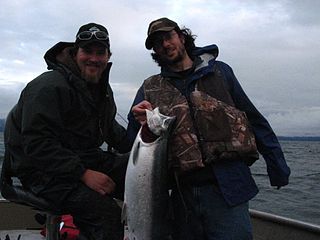
But there was also a long and well-written piece on renewable energy of all types. (more…)

But there was also a long and well-written piece on renewable energy of all types. (more…)
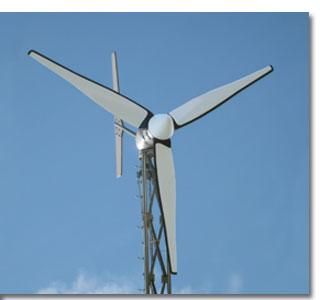
I’m looking forward to a rousing discussion, and adding some real value here.
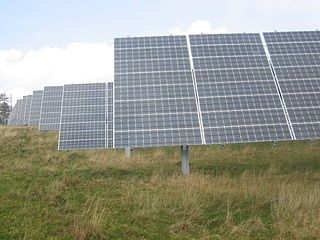
While we’re making broad, sweeping statements, let me add one more: It’s hard to imagine a scenario in which clean energy succeeds in making a wholesale replacement of fossil fuels, as long as the latter is made artificially cheap. If we continue to subsidize the oil companies, fighting wars all over the planet in order to maintain access to the petroleum we need, and refusing to price in the other externalities, e.g., healthcare costs and long-term environmental damage, how can anyone even hope that solar, wind and the rest are going to compete?
We either implement an energy policy that pushes us in the direction of clean energy, or we deal with the consequences of waiting – probably several decades – for the price of fully dispatchable renewable energy to come down to parity.
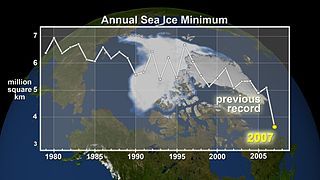
In a related story, here’s a piece on the effect that climate change is having on ducks’ migration paths.

Paintable Solar Cells
Though it is a slightly older breakthrough, it is still extremely significant. (more…)

We talked about what it takes to get paid to write about clean energy and sustainability more generally. This isn’t an easy question to answer. My best guess regarding the most direct path here, as I told her, is offering services to the private sector and their myriad of sustainability initiatives; (more…)
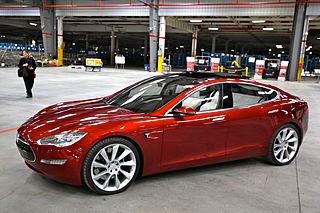
What to make of this whole phenomenon? Obviously, the market sees pent up end-user demand for electric vehicles that has been fantastically under-served by the fits and starts of the auto industry and the many failed start-ups that hoped to become part of it.
Congratulations to the folks up there in Palo Alto for a job well done. May your success continue – even without me on-board as a shareholder. Grrrr.
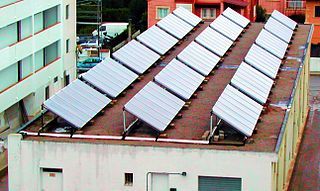
The National Renewable Energy Laboratory has published a Project Management Guide for renewable energy developers. It provides step-by-step guidance for anyone considering a renewable energy development. You can read an article on the NREL guide, or download the NREL report.

Some experts suggest, however, that periodic forest fires can be beneficial, serving as an instrument of renewal and change. So what are the effects on the environment and what are the causes and consequences of forest fires? (more…)

….the average American burns 2 gallons of gasoline (72 kWh) per day in transportation. The production and distribution of is ~88% efficient, so this works out to ~82 kWh worth of energy required to transport us around. We Americans used ~35 kWh/day of electricity between home, work, and leisure. The average fossil electricity on the grid is ~34% efficient, so this works out to ~103 kWh worth of energy to satisfy our lifestyle. We eat ~3 kWh, we drive ~82 kWh, and we live, work and play in ~103 kWh… Yes eating meat is more energy intensive than eating salad, and yes animals fart… but in the grand scheme of things this is NOT the bigger issue.
Glenn appears to be comparing the energy intensiveness of our food with that of our transportation. I don’t see the validity of this comparison, and point to this analysis of the resources (energy, water and land use) required to grow beef vs. vegetables. In summary, growing a calorie of beef takes 20 – 25 times more fossil energy, 200 times more water, and about 9 times more land than growing a calorie of vegetables.